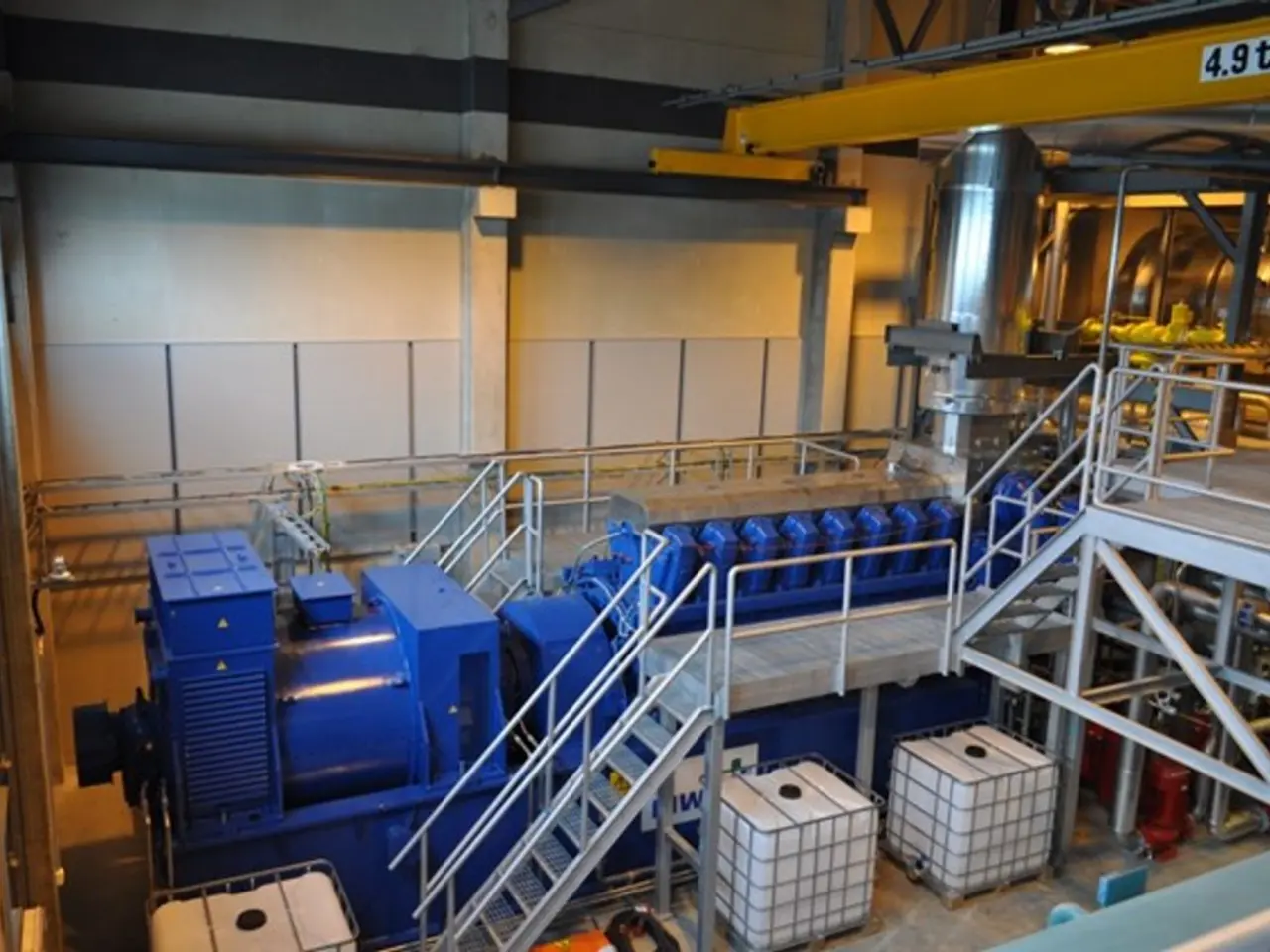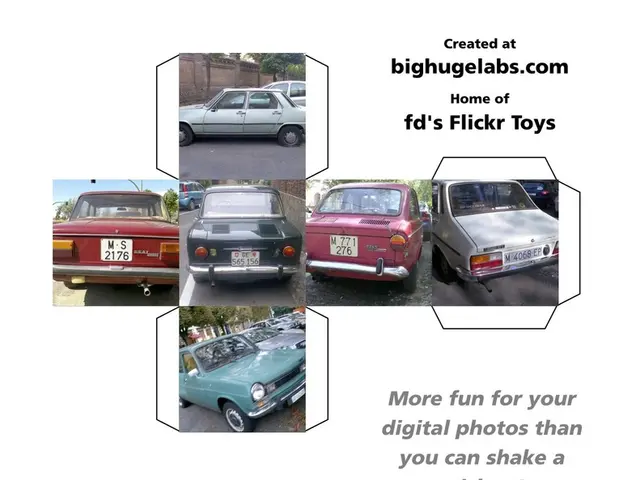Streamlining Urban Transportation and Going Green: Initiating the Transition
In a concerted effort to reduce emissions and improve sustainability in urban freight transport, city governments and logistics companies are joining forces to implement low-emission delivery zones (LEZs) and promote consolidated, green deliveries.
Birgit Hendriks, Co-Founder of Binnenstadservice, emphasizes the need for stricter rules by the government for companies to change the way they deliver goods. "Responsibility for better goods transport does not lie solely with shippers, logistics companies, entrepreneurs, or consumers; local and national governments also have a role to play," she says.
One of the key strategies is establishing clear policies and incentives. Governments must enact and enforce policies creating LEZs that restrict high-emission vehicles in designated urban areas while providing incentives such as subsidies or tax breaks for companies adopting low-emission fleets (electric, hybrid, or alternative fuel vehicles).
Collaborations can also focus on implementing AI-driven route optimization software and IoT tools to reduce fuel consumption and emissions by consolidating deliveries and improving operational efficiency. This reduces redundant trips and cuts down carbon footprint.
Centralized warehousing or urban consolidation centers near or within low-emission zones are another strategy. These hubs allow multiple logistics providers to pool goods for last-mile deliveries, cutting vehicle kilometers and emissions by minimizing fragmented efforts.
Joint planning with logistics providers should include defining sustainability goals, monitoring carbon footprints through tracking software, and regularly sharing data and feedback for continuous improvement in emissions reduction.
Providing workforce training aligned with green logistics practices supports the transition to sustainable delivery methods and technologies, ensuring the sector adapts effectively to new regulations and systems.
Cities planning to implement ZE-zones should consider a transition period, which may involve a step-by-step expansion of the zone. Rob King, Co-Founder of Zedify, stated that if the first and last mile can be made efficient, the rest of the logistics process becomes relatively straightforward.
Having a network of Urban Consolidation Centres (UCCs) across a country can be attractive for shippers operating on a national level.
By integrating these approaches, cities and logistics companies can reduce traffic congestion, improve air quality, and lower greenhouse gas emissions in urban freight transport, contributing to broader environmental and public health benefits. Several governments around the world, such as Shenzen, Rotterdam, and Santa Monica, have already taken steps to keep polluting and unsustainable delivery vehicles out of their cities.
Joining forces is necessary to make even bigger steps towards more sustainable last-mile delivery. Collaboration is key in all efforts to make last-mile delivery more efficient and greener, including 3PLs using services of a UCC, CEP companies collaborating with the operator of a cycle logistics hub, and bike couriers collaborating with a logistics company.
Governments can contribute substantially to better goods transport and sustainable deliveries by implementing clear strategies and new forms of cooperation. Governments can also provide necessary charging infrastructure for zero-emission vehicles during the transition period. Zero-emission delivery zones should be part of a larger ecosystem of regulations and not considered separately.
Pick-up stations or parcel lockers can provide consumers with flexibility and help reduce unnecessary vehicle kilometers by allowing consumers to pick up deliveries at a time they choose. Micro hubs, micro depots, or cycle logistics hubs can be located closer to consumers, enabling the use of zero-emission vehicles for delivery or pickup of goods.
In conclusion, each decision, whether by a government, company, individual, or consumer, can contribute to making last-mile delivery more efficient and greener. The transition periods can include financial or non-financial incentives for companies to adopt zero-emission vehicles, making it an attractive and achievable goal for all parties involved.
Read also:
- Stone mining has transformed the once renowned 'Sada Pathor' into a desolate, post-apocalyptic landscape.
- The Developmental Journey of Digital Supply Chains
- In the Heart of Soho, Manhattan, a New Brewery Emerges Underground
- Financial regulatory body OCC imposes Anti-Money Laundering (AML) disciplinary action against Wells Fargo.








